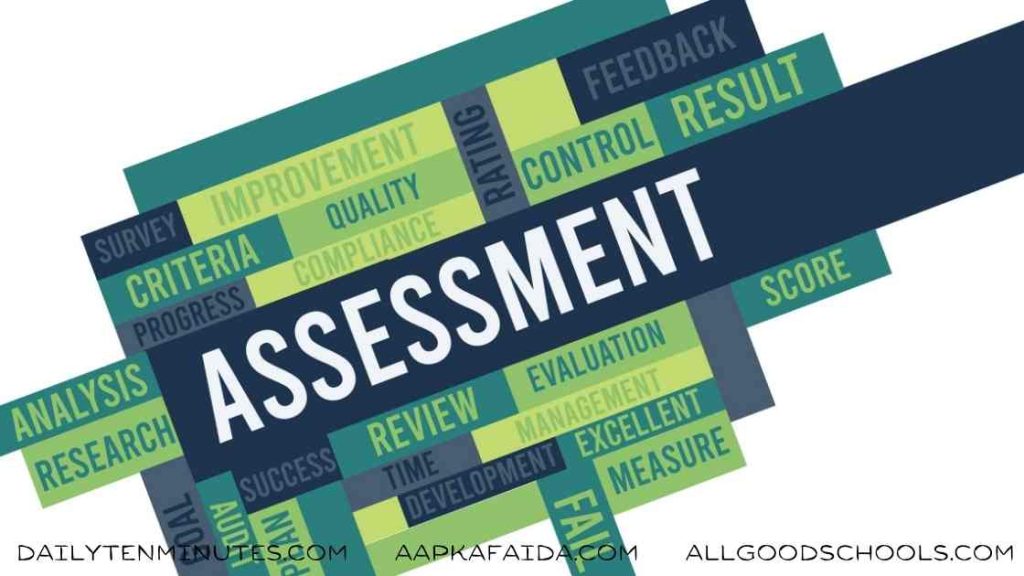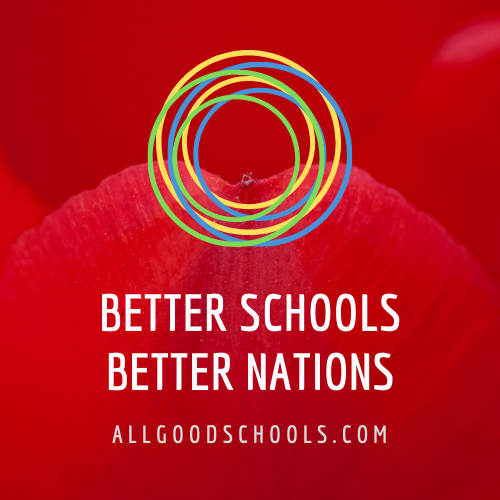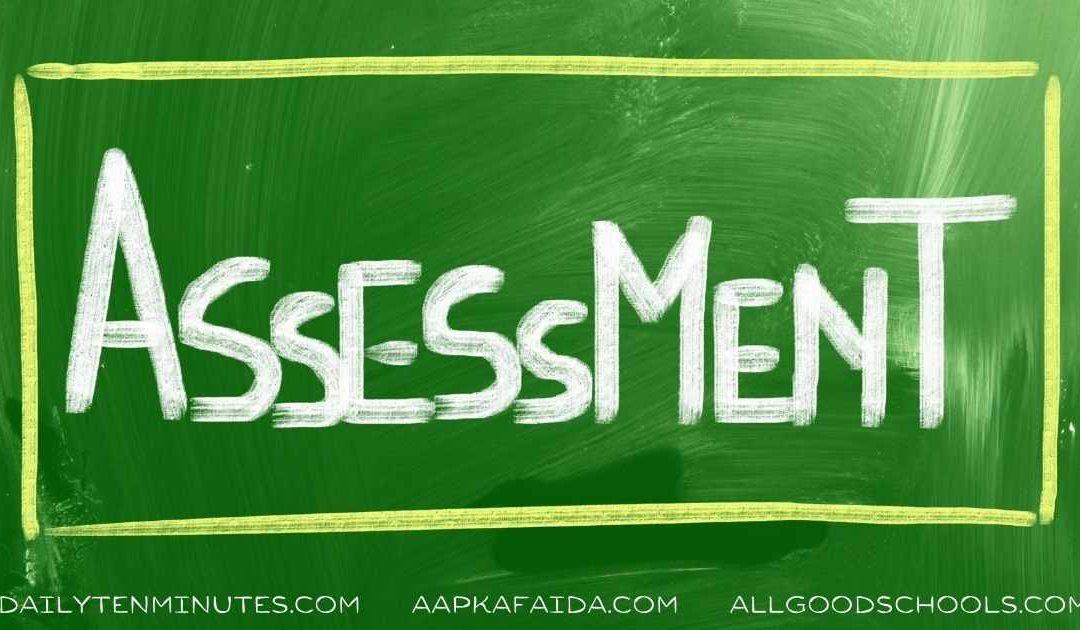A graphic designer visualizes the concepts and produces a ‘hard’ copy of the thoughts in digital format or paper sketch with the purpose of inspiring someone, generating a sale, motivating a customer, attracting the reader or simply conveying a message to its audience. 7 Graphics Tools Students Can Use to Make Money

20 Private School KPIs to Measure Overall Quality
Measuring the enhancement of a school’s overall quality of education, sports, facilities, extracurricular activities, and the promotion of students’ careers can involve a wide range of Key Performance Indicators (KPIs). Here are possible 20 Private school KPIs for each of these aspects.
Table of Contents

Quality of Education – 5 Private School KPIs
- Academic Achievement:
- Average test scores in standardized exams.
- Percentage of students meeting or exceeding grade-level standards.
- Graduation rates.
- These aspects can be measured by implementing a Great School Management System
- Teaching Quality:
- Teacher skills’ assessment and annual statistics
- Teacher-to-student ratio. The ideal teacher-to-student ratio can vary depending on factors like grade level, type of school, and educational objectives. Early Childhood Education (Preschool and Kindergarten) has 10-15 students. Elementary School (Grades 1-5) has 15-20 students. Middle School (Grades 6-8) has 20-25 students. High School (Grades 9-12) usually has 20-30 students.
- Percentage of teachers with advanced degrees or certifications.
- Teacher turnover rate.
- Student Engagement:
- Attendance rates.
- Participation in extracurricular activities.
- Student feedback on teaching quality. Check out this Ultimate Self-Assessment Guide For Teachers
- Curriculum Development:
- Frequency of curriculum updates.
- Availability of advanced courses or special programs.
- Alignment of curriculum with industry or college standards: The curriculum should align with educational standards set by relevant authorities, such as state or national standards. This ensures that students are meeting established learning benchmarks.
- Scope and Sequence:
- A well-organized scope and sequence outline the order and progression of topics and skills to be taught. It ensures a logical and developmental flow of content.
- Engaging Content: The curriculum should include content that is relevant, engaging, and age-appropriate. It should capture students’ interest and promote curiosity.
- Assessment Strategies: Effective assessments, including formative and summative assessments, are integrated into the curriculum. These assessments should align with learning objectives and provide feedback to both teachers and students.
- Differentiated Instruction: The curriculum should account for diverse student needs by incorporating differentiated instructional strategies. This ensures that all students have access to the content and can succeed.
- Integration of Technology: In today’s digital age, integrating technology into the curriculum is essential. It enhances learning opportunities, supports digital literacy, and prepares students for the modern world.
- Authentic Learning Experiences: The curriculum should include opportunities for real-world, hands-on learning experiences. These experiences help students apply their knowledge and skills in practical settings.
- Inclusive and Culturally Responsive Materials: Materials and resources should be inclusive, representing diverse perspectives and backgrounds. A culturally responsive curriculum acknowledges and values the experiences of all students.
- Flexible Delivery Methods: Given the importance of flexibility, especially in times of remote or blended learning, the curriculum should be adaptable to different delivery methods, including in-person, online, or hybrid models.
- Professional Development: Teachers should receive professional development and training to effectively implement the curriculum. Ongoing support ensures that educators are well-prepared.
- Monitoring and Evaluation: Regularly monitoring and evaluating the curriculum’s effectiveness is crucial. Data and feedback should inform adjustments and improvements.
- Interdisciplinary Connections: Whenever possible, the curriculum should promote interdisciplinary connections, helping students see how different subjects relate to one another and to real-world problems.
- Student-Centered Approach: The curriculum should be designed with students’ needs, interests, and abilities in mind. It should encourage active engagement and critical thinking.
- Ethical and Moral Education: In addition to academic content, a great curriculum should include opportunities for ethical and moral education, fostering values such as empathy, respect, and responsibility.
- Parent and Student Satisfaction:
- Surveys or feedback ratings from parents and students. Check out our polls section
- Response times for addressing concerns or inquiries.

Sports – 4 Private School KPIs
- Athletic Achievements:
- Number of championships or titles won.
- Team rankings in local or regional competitions.
- Participation in state or national-level tournaments.
- Participation and Access:
- Percentage of students involved in sports programs.
- Availability of sports facilities and equipment.
- Equity in sports participation (gender, diversity).
- Physical Fitness:
- Fitness assessment results (e.g., BMI, endurance, strength).
- Health and injury records.
- Coaching Quality:
- Coach qualifications and certifications.
- Coach turnover rate.
- Athlete feedback on coaching.

Facilities – 2 Private School KPIs
- Infrastructure and Maintenance:
- Facility condition assessments.
- Timeliness of repairs and maintenance.
- Energy efficiency improvements.
- Check out this article 101 signs of a great school
- Safety and Security:
- Number of safety incidents or accidents.
- Implementation of security measures (e.g., surveillance, access control).
- Emergency response times.

Extracurricular Activities – 3 Private School KPIs
- Participation Rates:
- Percentage of students involved in clubs, organizations, or activities.
- Diversity of extracurricular options.
- Achievements and Recognition:
- Awards or recognition received by extracurricular groups.
- Competitions or events won by clubs or teams.
- Student Leadership:
- Number of student-led initiatives or projects.
- Development of leadership skills among participants.

Promotion of Students’ Careers – 6 Private School KPIs
- College and Career Readiness:
- Percentage of students who complete career readiness programs.
- College acceptance rates.
- Job placement rates for graduates.
- Internships and Work Experience:
- Number of students participating in internships.
- Employability skills development through work experience.
- Alumni Success:
- Percentage of alumni attending prestigious universities or colleges.
- Career achievements of alumni (e.g., positions, awards, publications).
- Career Guidance and Counseling:
- Number of career counseling sessions conducted.
- Student satisfaction with career guidance services.
- Employer Partnerships:
- Number of partnerships with local businesses or industries.
- Feedback from employers on the school’s graduates.
- Entrepreneurial Initiatives:
- Student involvement in entrepreneurship programs.
- Number of student startups or business ventures.
These KPIs can help schools assess their performance and improvements across various domains, enabling them to make data-driven decisions to enhance the overall educational experience for their students. Depending on the specific goals and priorities of a school, additional KPIs may also be relevant.

7 Graphics Tools Students Can Use to Make Money

Top 10 New Year Resolutions for Students
A New Year’s resolution is a self commitment that a person makes to achieve personal goals, projects, or reforming of a bad habit. Top 10 New Year Resolutions for Students

5 Guiding Principles Of A Purposeful Life
landing a dream job, buying a big house, acquiring certain certification, getting settled in certain country and so on. These are necessities of life, not purpose of life. While these dreams are good to have, their vision should be to think of something universal, something beyond their personal benefits. 5 Guiding Principles Of A Purposeful Life

The One and Only Cause of Failures
I know the status of a man, God has given a healthy body and brain to – however he could not succeed in life. While he could have used his capabilities to do more, earn more and achieve more, his blaming attitude was the one and only basic cause of failures.

70 Personality Attributes for Growth and Happiness
While it may seem an uphill task, but with a little bit of tweaking of our personality and practicing some of the critical traits, we can set ourselves on the journey of happiness. This article covers 70 Personality Attributes for Growth and Happiness.

10 Tips to Keep Your Children Engaged And Away From Screens
If you have kids, you know that keeping them away from screens can be hard. 10 Tips to Keep Your Children Engaged And Away From Screens

Life Lesson from my 3 Years Old Daughter
This is a short story that refreshes a basic yet an important life lesson.
Life Lesson from my 3 Years Old Daughter

17 Ways Students Can Make Their Parents Feel Great
17 Ways Students Can Make Their Parents Feel Great

5 Reasons Why an International School is Best For Your Kid
5 Reasons Why an International School is Best For Your Kid

Story – Success Tip For New Graduates
Story – Success Tip for New Graduates

7 Super Powers University Students Must Have To Succeed
7 Super Powers University Students Must Have To Succeed

10 Life Tips for New Graduates
10 life tips for new graduates which should help you become a successful person, develop a strong character, sustain a happy soul and maintain a healthy & balanced life.

7 Tips for Your Child to Be a Responsible Teenager
7 Critical Tips for Preparing Your Child to Be a Responsible Teenager

What are the 8 best school systems in the world and why?
The best schools systems and institutes play a very vital role for the success of human beings.






































